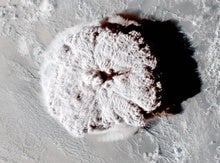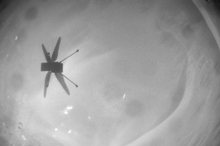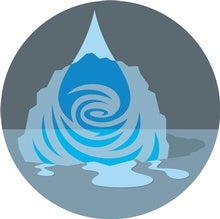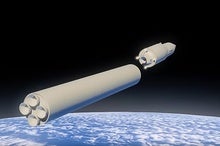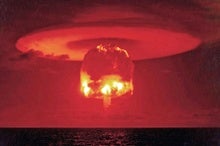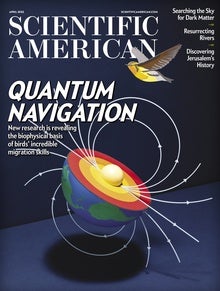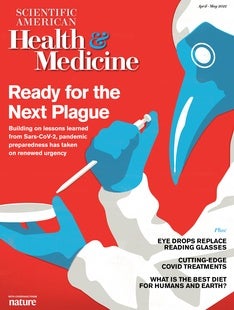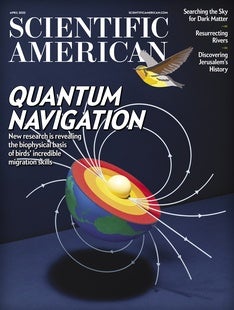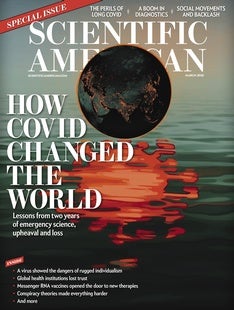 |
| March 24, 2022 |
Dear Reader,
This week's top story takes us far from our everyday troubles and deep into more fundamental frontiers. Specifically, into the Langlands program, an incredibly influential collection of conjectures from the mathematician Robert Langlands that has inspired generations of researchers to seek deeper linkages between number theory and geometry that could impact physics and other scientific disciplines. Elsewhere, we have stories on SpaceX's Starlink internet service as a possible panacea—or PR stunt—in times of global crisis, new insights into planet formation from worlds beyond our solar system, a milestone image from the James Webb Space Telescope and much more. |
| |
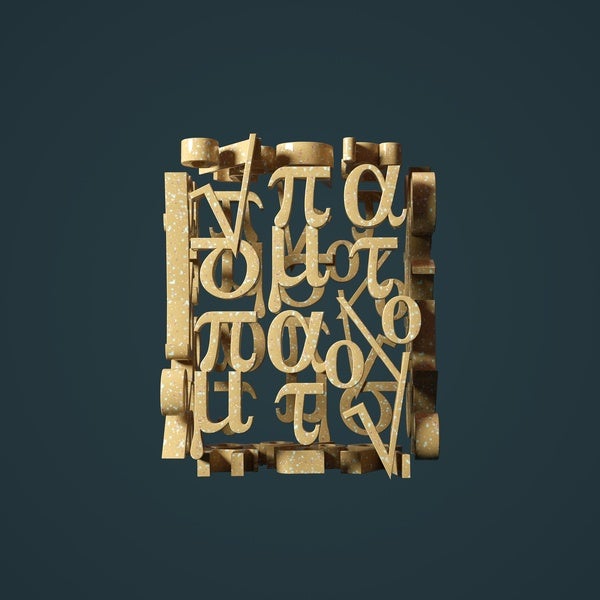 |
| |
| |
| |
| |
| |
| |
| |
| |
| |
FROM THE STORE
 | | | |
| QUOTE OF THE DAY
 "Some of the most fascinating work that will come out of the next few decades is seeing consequences and manifestations of Langlands within parts of science where the interaction with this kind of pure mathematics may have been marginal up until now." Steven Rayan, mathematician at the University of Saskatchewan | |
| |
LATEST ISSUES
 |
| |
| Questions? Comments?  | |
| Download the Scientific American App |
| |
| |



